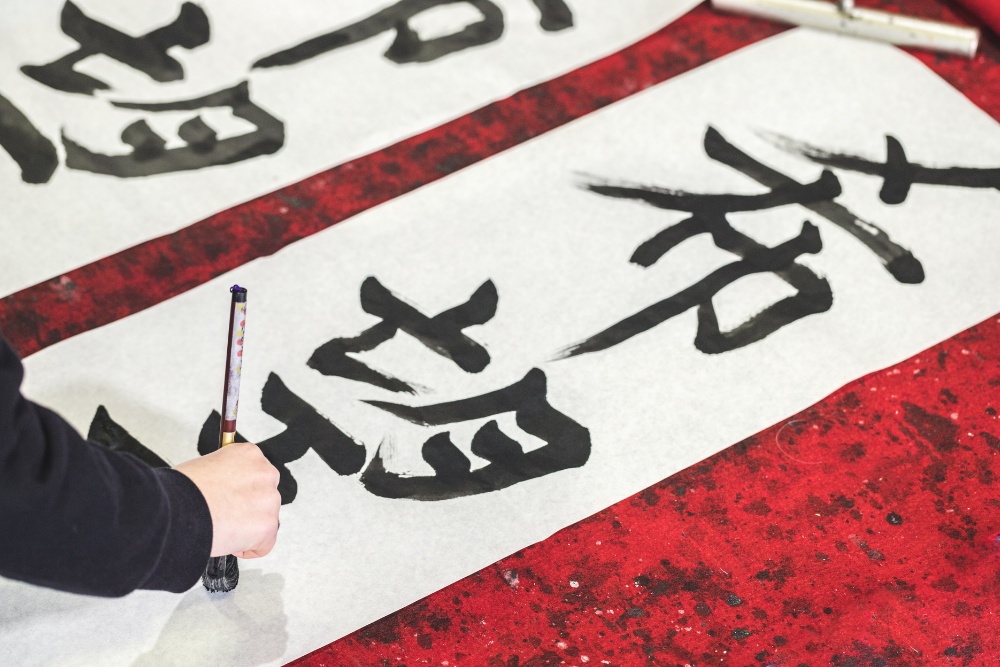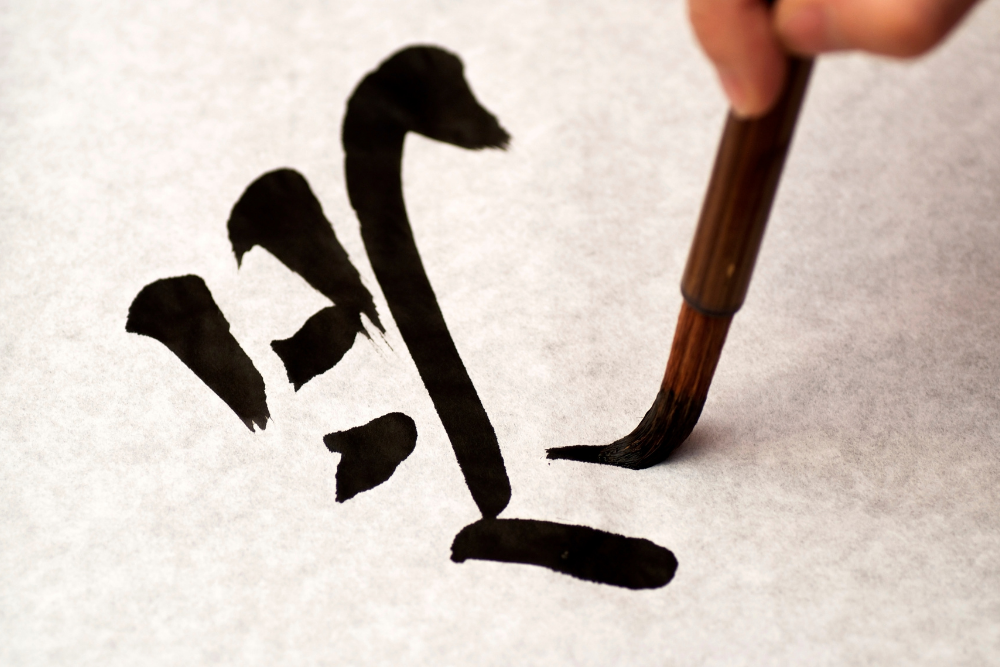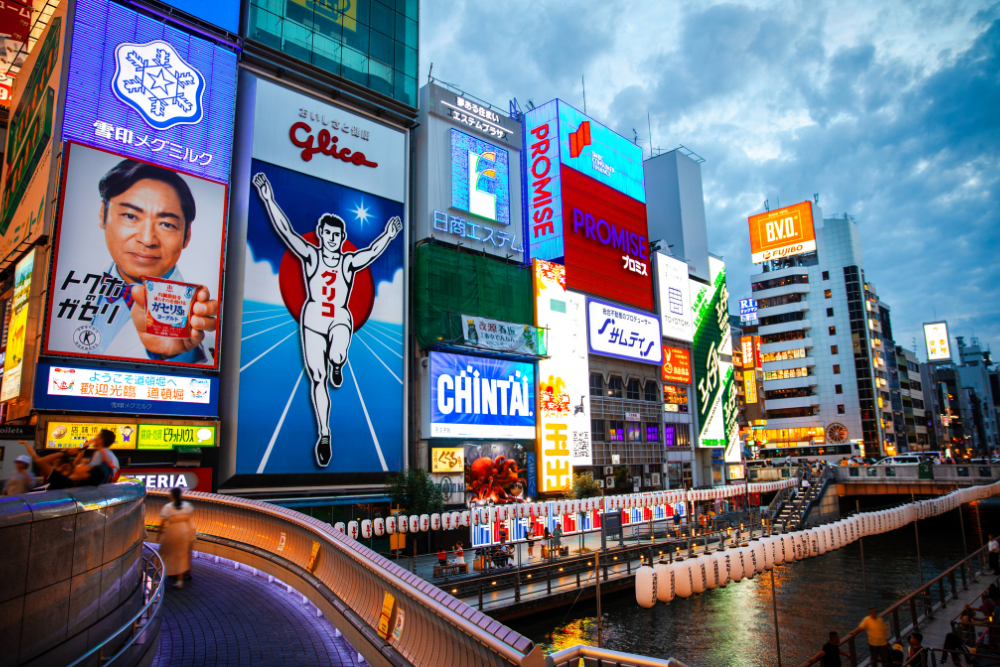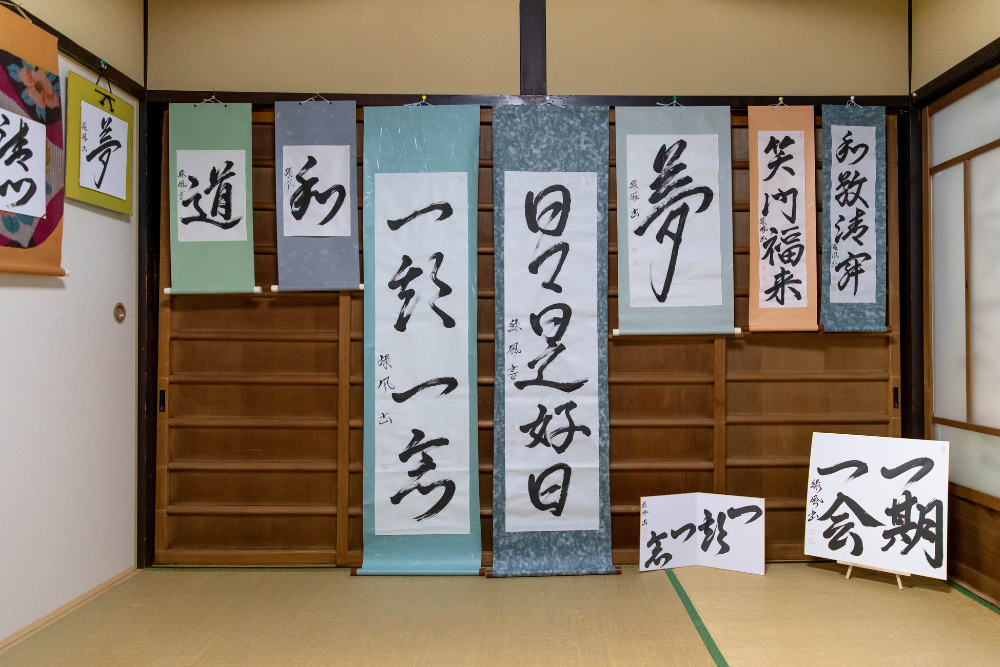Japanese calligraphy, known as shodō (書道, “the way of writing”), is a revered traditional art form that embodies harmony, discipline, and artistic expression. Rooted in China and introduced to Japan during the 6th century, calligraphy evolved into a uniquely Japanese practice, influenced by Zen Buddhism and the aesthetic principles of simplicity and balance.
Whether you’re a beginner eager to learn the basics or an experienced artist looking to refine your technique, Japan offers numerous opportunities to study and practice this elegant art form. This guide explores the history of Japanese calligraphy, essential techniques, and the best places to learn it.
1. A Brief History of Japanese Calligraphy
Japanese calligraphy has evolved through different historical periods, influenced by Chinese script styles and local adaptations.
Key Historical Influences:
- Kanji Introduction (6th Century) – Japan adopted Chinese characters (kanji), bringing calligraphy as a scholarly and artistic discipline.
- Kana Development (9th Century) – Japan created its own syllabic scripts: hiragana (flowing, cursive script) and katakana (angular, simplified script).
- Zen Calligraphy (12th–16th Century) – Monks practiced one-stroke calligraphy (hitsuzendō) as a form of meditation.
- Edo Period (17th–19th Century) – Calligraphy became widespread, taught in terakoya (temple schools) and practiced by samurai and nobility.
Today, shodō remains a respected art, practiced in schools, temples, and workshops throughout Japan.
2. Essential Tools and Techniques
Japanese calligraphy is performed using the Four Treasures of Calligraphy (文房四宝, bunbō shihō):
- Brush (fude, 筆) – Varies in size and flexibility for different strokes.
- Ink (sumi, 墨) – Traditionally made from soot and bound with glue, then ground on an inkstone with water.
- Inkstone (suzuri, 硯) – Used to mix and prepare ink.
- Paper (washi, 和紙) – Absorbent handmade paper ideal for calligraphy.
Basic Calligraphy Styles:
- Kaisho (楷書) – Block-style, structured characters (best for beginners).
- Gyōsho (行書) – Semi-cursive script with flowing strokes.
- Sōsho (草書) – Fully cursive, artistic script used in Zen calligraphy.
Practitioners must learn to control stroke order, brush pressure, and ink flow, requiring meditation-like focus and discipline.
3. Where to Learn Japanese Calligraphy in Japan
From traditional temples to modern calligraphy studios, Japan offers many places to experience shodō.
Kyoto – The Cultural Heart of Calligraphy
Kyoto, with its deep connection to Zen aesthetics, is one of the best places to study calligraphy.
1. Shoren-in Temple Calligraphy Experience
- Location: Higashiyama, Kyoto
- Why Visit: Set in a historic temple, this calligraphy workshop is led by Buddhist monks who emphasize the spiritual aspect of shodō.
- What You Learn: Basic brush strokes, meditative writing techniques, and classical Zen calligraphy.
2. Kyo-Yuzen Calligraphy & Dyeing Studio
- Location: Central Kyoto
- Why Visit: Combines traditional kimono dyeing with calligraphy, offering a unique hands-on experience.
- What You Learn: Brush techniques, kanji writing, and decorative calligraphy on fabric.
3. Kanshundo Calligraphy Workshop
- Location: Higashiyama, Kyoto
- Why Visit: A historic calligraphy school offering small-group lessons with professional shodō masters.
- What You Learn: Fundamental strokes, character balance, and ink preparation.
Tokyo – Traditional Meets Modern
Tokyo offers calligraphy classes blending classical techniques with contemporary art styles.
4. Tokyo Calligraphy School (Tokyo Shodo Kai)
- Location: Shinjuku, Tokyo
- Why Visit: A well-established calligraphy academy offering both short-term workshops and in-depth courses.
- What You Learn: Structured lessons in kanji, kana, and ink-brush techniques.
5. Nihonbashi Calligraphy Workshop (Ginza Shodō Club)
- Location: Nihonbashi, Tokyo
- Why Visit: A professional yet welcoming studio offering English-friendly lessons for all skill levels.
- What You Learn: Various calligraphy styles, ink grinding, and character composition.
6. Zen Brush Calligraphy Experience
- Location: Asakusa, Tokyo
- Why Visit: A fusion of traditional calligraphy and Zen philosophy, where participants write Buddhist sutras as a meditative practice.
- What You Learn: Zen brush techniques, single-stroke calligraphy, and mindfulness exercises.
Osaka – Calligraphy with a Contemporary Twist
Osaka offers more interactive and casual calligraphy workshops, ideal for beginners.
7. Osaka Ukiyo-e & Calligraphy Studio
- Location: Namba, Osaka
- Why Visit: A unique combination of ukiyo-e (woodblock printing) and shodō, perfect for art lovers.
- What You Learn: Basic brush techniques and Japanese aesthetic principles in writing.
8. Umeda Calligraphy Experience
- Location: Umeda, Osaka
- Why Visit: A relaxed hands-on calligraphy session perfect for tourists and beginners.
- What You Learn: Writing your name in kanji, practicing kaisho (block script).
Kanazawa – Calligraphy in a Historic Setting
Kanazawa, known for its samurai culture and arts, provides intimate and immersive calligraphy experiences.
9. Kanazawa Shodō Cultural Center
- Location: Kanazawa, Ishikawa Prefecture
- Why Visit: Offers an authentic, local experience in a preserved samurai district.
- What You Learn: Writing Zen proverbs, haiku calligraphy, and historic scripts.
Other Unique Calligraphy Experiences in Japan
10. Koyasan Shingon Calligraphy Retreat (Wakayama Prefecture)
- Why Visit: Located in Japan’s sacred Buddhist mountain region, Koyasan offers calligraphy as a form of meditative practice.
- What You Learn: Shakyō (sutra copying) and Zen-inspired single-stroke writing.
11. Naoshima Art Island Calligraphy Studio (Kagawa Prefecture)
- Why Visit: Perfect for those interested in blending calligraphy with modern art.
- What You Learn: Experimental ink brush techniques and abstract calligraphy.
4. Tips for Learning Japanese Calligraphy
- Master the Basics First – Start with kaisho (block script) before moving to cursive styles.
- Practice Proper Brush Control – Pay attention to stroke pressure, speed, and direction.
- Embrace the Meditative Aspect – Calligraphy is as much about mindfulness and focus as technique.
- Learn Kanji & Kana Meaning – Understanding characters deepens artistic expression.
- Take Your Time – Great calligraphy is about deliberate, mindful strokes, not speed.
Conclusion
Japanese calligraphy is more than just writing; it is a deeply artistic and spiritual discipline. Whether practicing shodō in a Kyoto temple, a Tokyo studio, or a Zen retreat, learning calligraphy in Japan offers a profound connection to its history, language, and aesthetic philosophy.
For beginners and seasoned artists alike, mastering the brush, ink, and spirit of shodō is a journey into Japanese culture, mindfulness, and artistic beauty.












